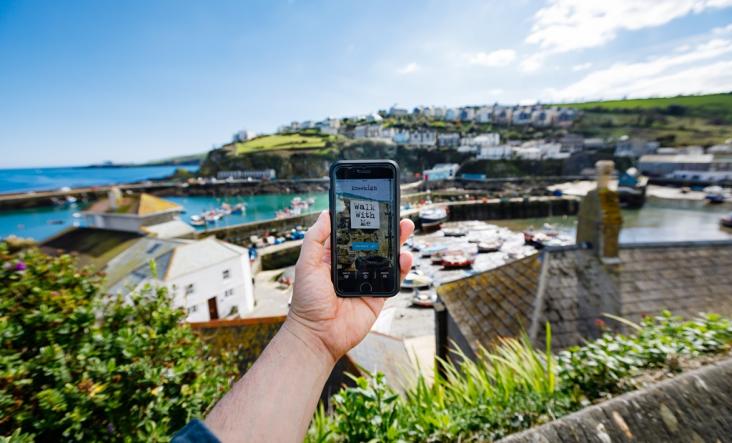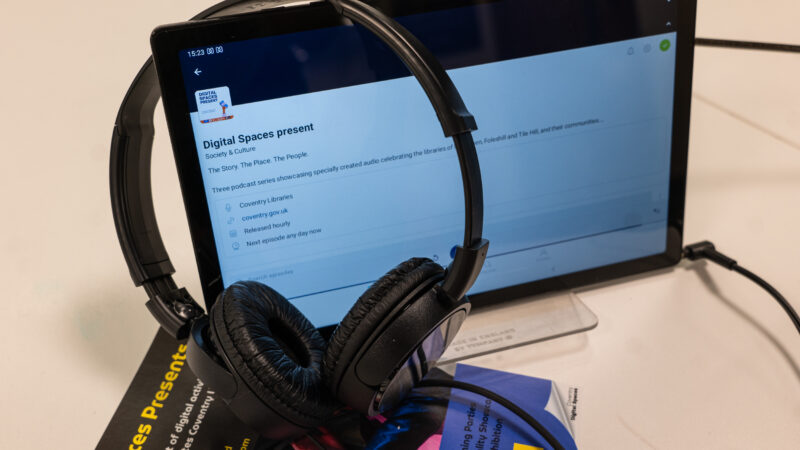Getting creative with digital
Creating digital content can sometimes seem like a big task that looms over you. You feel you should be doing more, but there is so much else to do that it often falls to the bottom of the list. So how can busy artists and cultural organisations get creative with digital when busy with their day-to-day work? This article will guide you through steps to start integrating digital content production into your everyday practice.
1. Think about the types of digital content you’d like to create
Creating digital content takes time and planning. Often the barriers to producing more digital work is a lack of available material: you may want to post more on social media, but you don’t have appropriate images or videos to hand. Think about the type of digital content you would like to produce more of. These could be:
> Photography
> Video
> Online copy
> Audio
> Quotes
Try listing the top three types of content you would like to produce more of. What do you need to create those types of content? What formats would they be in?
2. List the activities that are part of your work
Next, list the activities that make up your day-to-day work. Do you put on events, exhibitions or performances? Perhaps you are a studio space for artists, or perhaps you create immersive experiences? What does that entail? Start from the very start – include any research and development sessions you might have and any contracting processes you go through. Anything can be used as a starting point for creating digital content.

3. Add in activities that will support content production
Once you have your activity list, add an additional column. Call it ‘what could we do to produce content here?” or similar. Now look at your activity list, and assess what small tasks you could add in that would help your organisation create content. Some examples could be:
> In research and development sessions, add a short creative session on how to reflect the work digitally
> In hiring event spaces, assess video and photography permissions
> If contracting photographers or videographers, consider the digital formats you would like the work delivered in and make sure it is included in the contract
> During rehearsals, installation or testing, would your cast and/or creative team agree to a designated day for imagery to be captured, either still photographers or video material?
> When planning a performance or tour schedule, plan when to capture audience reactions
Keep the tasks small enough that they can easily be integrated into your day-to-day work. Also think about the equipment you will need to fulfil these tasks and whether you have this in-house (for example, smart phones are capable of capturing good quality imagery and there are inexpensive lenses that can make this even better).
4. Create a content calendar
Once you have planned your activities, it can be useful to map out your digital content plans over a three, six or 12 month timeline. Use your core activities as a starting point and plan when digital content could be produced and shared within those timelines.
By adding smaller, more manageable tasks to your day-to-day work, the looming task of creating digital content hopefully becomes more manageable. Following the above means you will build up a bank of digital assets that you can call on at a later date as and when you need it. If you want to read ore about producing digital content, you can read resources about live streaming and filming.

About the author
Katie Connolly, Space Associate
Katie is a freelance content specialist and digital associate for The Space. She works across media, education and culture to advise organisations on digital content strategy and online audience development.
How useful was this resource?



